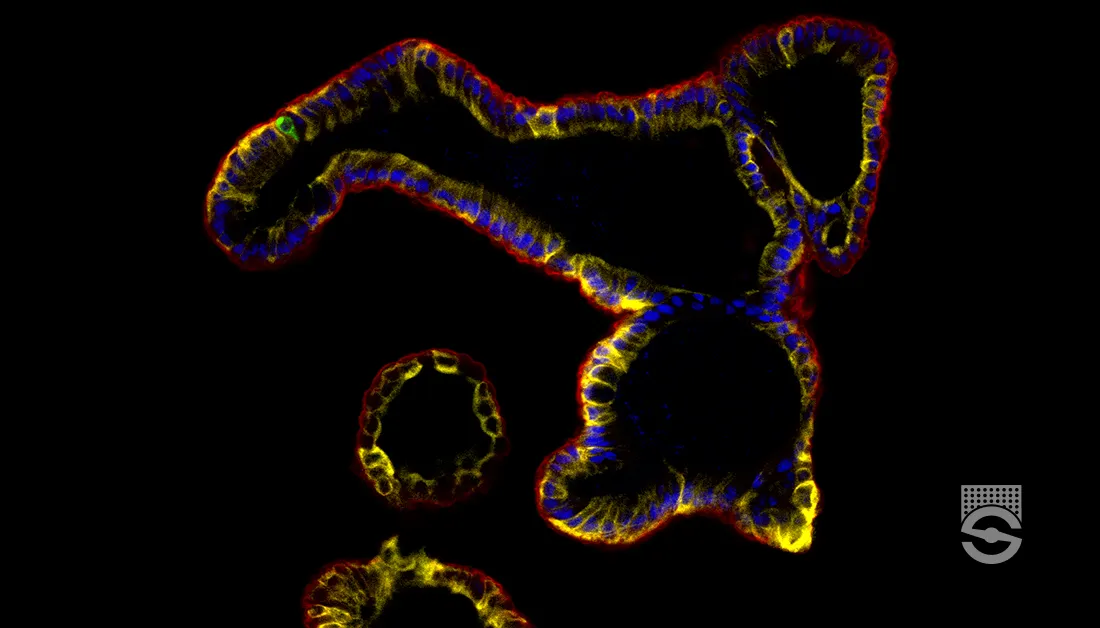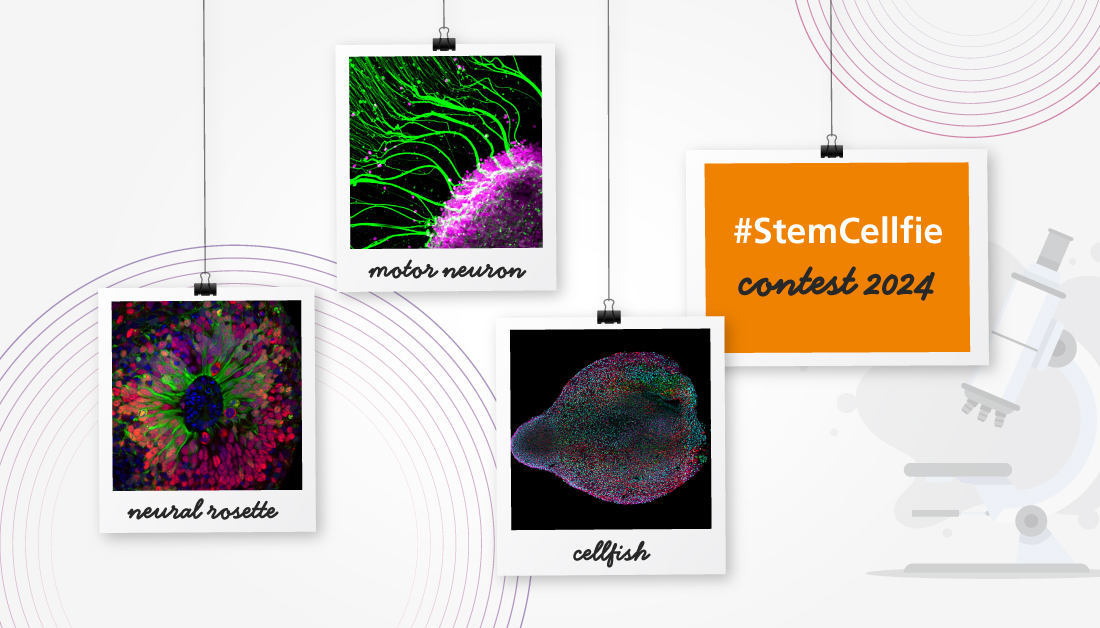Picro-Mallory
for Fibrin – Shorter Version
This version of the picro-Mallory is relatively uncomplicated and is suitable for a routine pathology laboratory. Proper fixation is still essential and minimalist formalin fixation with quick processing should be avoided as it will give disappointing results with poorly stained erythrocytes. Originally, extended mercury fixation, thorough processing, degreasing and refixing in picro-mercuric-ethanol were specified. Although fixation in formol sublimate (or B5) is preferred for this method as well, adequate results can be obtained with overnight formalin fixation and overnight processing. Refixation of sections in Bouin’s fluid at 56°C for an hour or so overcomes some of the deficiencies in fixation, but results are still inferior to those obtained by the full procedure.
Materials
- An acid resistant nuclear stain, such as Weigert’s iron hematoxylin, or the celestine blue-hemalum sequence.
- Picro-orange
Material Amount Picric acid, sat. in 80% ethanol 100 mL Orange G 0.2 g - Yellow differentiator
Material Amount Picro-orange 30 mL Ethanol, 80% 70 mL - Red stain
Material Amount Acid fuchsin 1 g Acetic acid, glacial 1 mL Distilled water 99 mL - Red differentiator
Material Amount Phosphotungstic acid 1 g Distilled water 100 mL - Blue stain
Material Amount Methyl blue 2 g Acetic acid, glacial 2 mL Distilled water 98 mL
Tissue Sample
3 mm slices of tissue should be fixed in formol sublimate (or B5) overnight. Paraffin process overnight. Avoid rapid fixation with formalin and short processing, as this produces tissues that stain poorly even with the secondary fixation specified. Sections should be 3-5 µ thick.
Protocol
- Bring sections to water via xylene and ethanol.
- Remove mercury pigment with the iodine-thiosulphate sequence.
- Place into Bouin’s fluid at 56°C for 1 hour.
- Rinse well in distilled water.
- Stain nuclei with an acid resistant nuclear stain.
- Rinse with 95% ethanol.
- Place in picro-orange for 2 minutes.
- Without rinsing, place in the red stain for 5 minutes.
- Rinse with distilled water.
- Dip into yellow differentiator.
- Rinse in distilled water.
- Differentiate with the red differentiator for 5 minutes.
- Rinse with distilled water.
- Place in the blue stain for 2 minutes.
- Rinse briefly with 1% aqueous acetic acid.
- Dehydrate with ethanol.
- Clear with xylene and mount with a resinous medium.
Expected Results
- Fibrin – clear red
- Fibrinoid – varies from red to orange
- Erythrocytes – orange
- Connective tissue – blue
Notes
- If possible, the extended fixation and slow processing specified for the longer version should be used. Degreasing and refixation will also improve results if time allows.
Safety Note
Prior to handling any chemical, consult the Safety Data Sheet (SDS) for proper handling and safety precautions.
References
- Culling C.F.A., (1974)
Handbook of histopathological and histochemical techniques Ed. 3
Butterworth, London, UK.






